Freedom of London for proud Cork woman
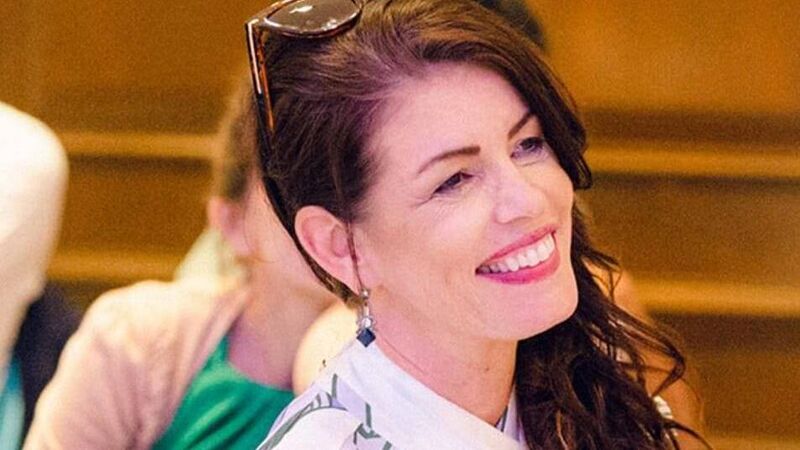
Catherina Casey, who received the Freedom of the City Of London recently. Catherina hails from Blarney in County Cork.
ON April 28, I was honoured to be admitted to the Freedom of the City of London in recognition of my work with the Irish community in London.
The ‘Freedom’ is an ancient tradition in the city that dates back to the 1200s, and, apparently, by receiving it, I am no longer a peasant!
So, how did a country girl from Killeens become a Freeman? Here’s a bit about my story…
In 1988, I left my home town, Blarney, Co. Cork, for London after finishing my degree in History and English at UCC, to follow my two big dreams - to travel and manage the top health clubs in the world. Not much of a connection with my degree, but that’s a story for another day!
Having lived in London for three years, and aged 25, I was offered an opportunity, by an Australian health club chain, to work as a manager in their clubs located in Hong Kong, Singapore, Malaysia, and Bangkok.
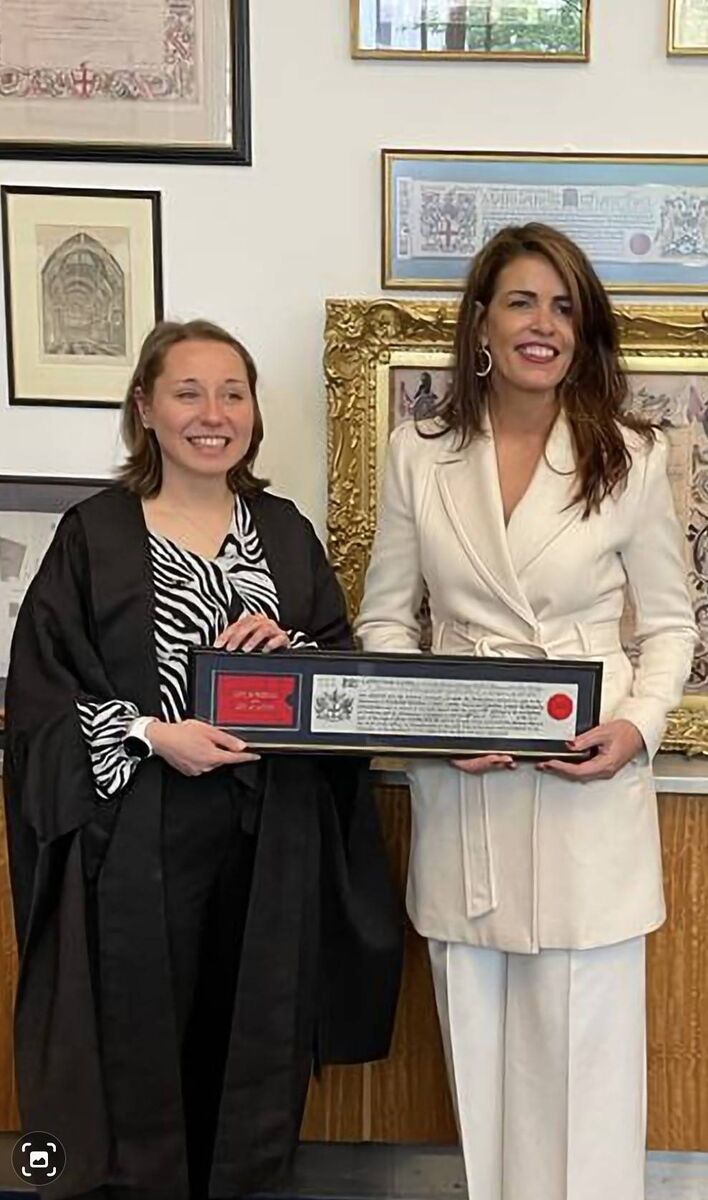
I jumped at the chance and went on to spend seven life-changing, perspective-changing years in south-east Asia.
During my first years there, the world was still operating without mobile phones, internet, or social media, (we managed!), so, I went out - a lot! It was in south-east Asia that I first began to realise the impact of the Irish diaspora and experience the power and connectivity of what I call the ‘green pathway’ it had cut-out around the world, easing the journey for those of us who followed.
In each of those countries, I came across Irish people working in many walks of life. At that time, I wasn’t actively seeking out Irish connections, but frequently, people would figure out I was Irish and tell me of an Irish connection they had. This was inevitably followed by introductions, visits to Irish pubs and a world of Irish societies, clubs, St Patrick’s ball committees and GAA! It was a revelation! Often, they found me!
I remember being ‘found’ not long after arriving in Malaysia, by a larger-than-life Northern Irish woman, Datin Doreena, who had married a general in the Malaysian army and been living in Kuala Lumpur for 20 years. She invited me to my first St Patrick’s Society of Selangor gathering at the Guinness brewery in Pataling Jaya (a small township on the outskirts of Kuala Lumpur), it turned out that Guinness had been brewing there since 1965!
My motivation in moving to Asia was, of course, partly in pursuit of my career at the time, but also to grab the unique chance to experience living in various places and cultures. These years were formative for me as I moved from country to country, navigating different etiquette and societal expectations and managing people who, in some locations, spoke little English (in Bangkok, I had 120 staff of which five spoke English!). I had not anticipated that my Irish nationality would become such a powerful asset in these adventures, yet the support and warmth I received from the Irish diaspora in Asia made a tremendous difference to my experience. It was a real insight into the reasons why Irish people are regarded in such a positive light around the world.
A number of years later and living back in London, I decided it was time for a change of career and a new challenge.
An advert in The Guardian jumped out at me, for the position of General Manager at the Irish Cultural Centre in Hammersmith (ICC). My eldest daughter Faith was attending Irish dance classes there, so, I knew the place well.
All through the years, my interest in Irish tradition, history and culture had been a passion. This was the challenge I was looking for. So, I applied, was offered, and accepted the role. I would go on to work as ICC’s General Manager for seven years. It was a deep dive into the belly of the living, breathing phenomenon, that is Irish culture and community. I learned quickly it was a place where people came to share their stories, to stay connected or reconnect, to plug-in and recharge, to belong, to learn, explore and be part of a community. I learned so much about what it means to be Irish in London during those years. There were the good stories and the not so good ones. People shared stories about the challenges of being a second-generation Irish person and being labelled a ‘plastic Paddy’ and the struggles of a ‘limbo’ identity, I learned of Irish landlords who did not look after their own, I learned about the ‘No Irish, no Blacks, no Dogs’ signs.
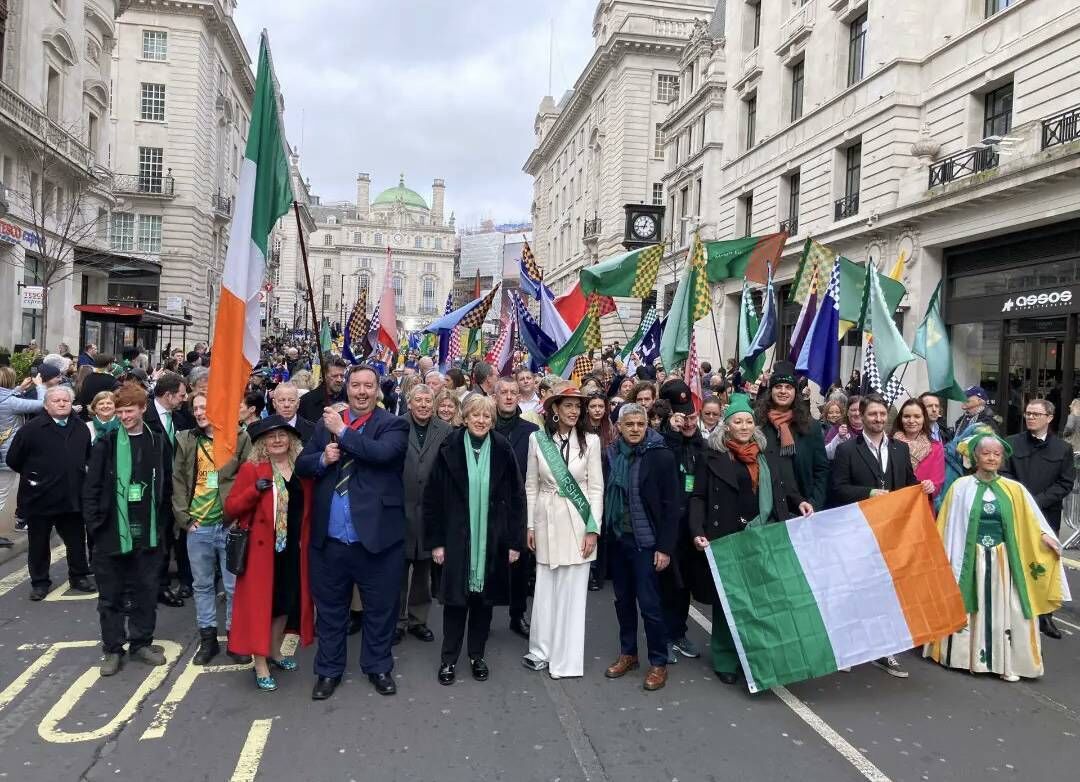
There were the second and third generation parents who were devoted to their children’s Irish cultural education, and the legendary Clare man, Brendan , RIP, the ICC’s gifted director of music who made the dreams of so many people to play an Irish musical instrument come true in his inimitable style. As a student, he labelled you either a ‘dodo’ or a ‘jellybean’.
There were the volunteers, wonderful, selfless people one being Kathleen O’Donovan, RIP, (from Kilkenny), wheelchair bound, but not spirit-bound, who was the formidable ticket master and guardian of reception, and Tom McMillan, who looked after the centre’s library of 5,000 books (donated by David Whiteley) and his eclectic flock of characters that gathered every Saturday for teas, coffees and chats, storytelling, therapy and, occasionally, chats about books. Tom made a real difference to so many lives.
These people are just a few examples of the Irish community torchbearers that worked or volunteered at ICC.
My two young daughters attended the nearby Larmenier school and would come to the centre each day after school, going with the flow of daily life there, spending their formative years surrounded by Irish culture and community.
In 2008, my Irish community immersion course was about to go deeper when I was invited by then Chair of the Mayor of London’s St Patrick’s Community Advisory Board (CAB), Norah Casey, to join it as representative of the Irish Cultural Centre. Mayor Ken Livingstone had committed in 1999 to founding a St Patrick’s Festival that would rival the New York celebrations and he was true to his word.
The CAB (a voluntary entity) had been set up to ensure community leaders could feed their views into the planning of this fantastic initiative.
I felt privileged to have a seat at the table.
One year later, with Boris Johnson the new Mayor, I was appointed Chair as Norah stepped down. With the Mayoral change, the GLA’s relationship to the festival was going to be tested. It happened fast when Boris made a statement to the press suggesting the St Patrick’s Festival dinner was nothing but a ‘lefty’ fundraiser for Sinn Fein. Good old Boris!
The community was in uproar, and as I was now the new Chair of the CAB, representatives of the community turned to me, asking ‘What are you going to do about it? We want an apology!’ This was my first test. Time to roll up my sleeves!
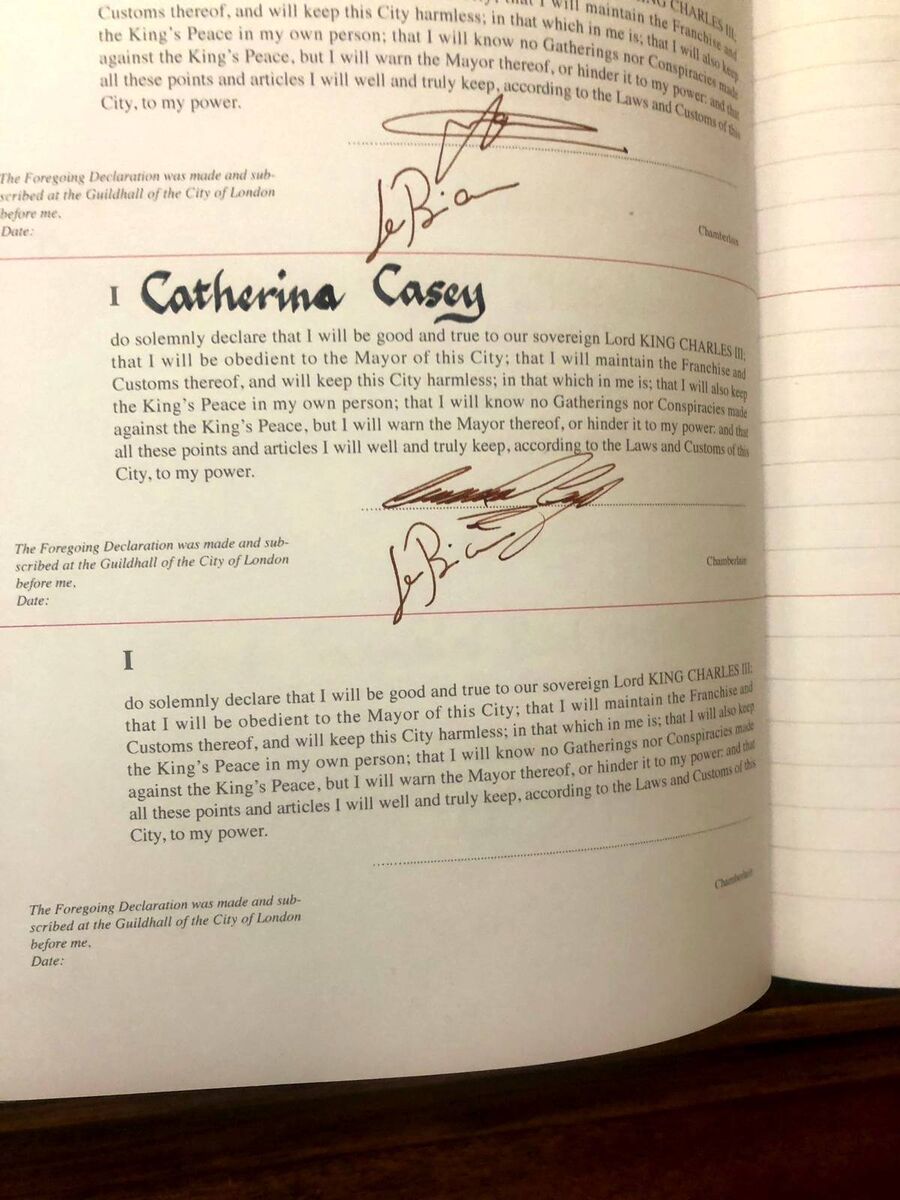
One fine day In June, 2010, Jim O’Hara, then Chair of the Irish Cultural Centre, came to my office and told me he had bad news. Bracing myself, he told me the local Council had announced that ICC’s premises were being put up for sale. It was a shock. However, we steadied ourselves and knuckled down, determined to fight the fight! A big effort to save the Centre began and I launched the ‘Wear your heart for Irish Arts’ campaign to help spread the word.
We walked the streets to raise the 5,000 signatures needed to get the Council to hear our petition, we lobbied the Irish government for their help, my assistant manager, Kelly O’Connor, threw herself out of a plane and Dara Ó Briain and friends held a fundraiser at The Palace theatre. One of our regulars, Chris Moreton, busked around Ireland with his keyboard to raise funds and awareness for our campaign. There were cake sales, a 10km session around the Thames with Brendan Mulkere’s music students, and so many other small but mighty initiatives. It was a tremendous team effort.
This Centre was not going down without a fight! ‘Our culture, our community, our responsibility’ was the motto.
One sunny afternoon, I was in the reception area of the Centre chatting with one of our regulars Maura, who came from Sneem in Kerry and eloped from home with a man she had fallen in love with, who happened to be a traveller. Her family disowned her, but she followed her heart. They married and remained happily married until he died.
Maura, a passionate advocate for the promotion of Irish culture, had read an article by Diarmaid Fleming, at the time Russia correspondent for The Irish Times. It was entitled ‘The greening of Red square’ and she was keen for me to read it. I did and what unfolded in the article was a fascinating testament to the compelling and dynamic nature of Irish culture.
I was intrigued by what I had reed and reached out to Diarmaid to learn more. He told me about the Russian sean nos singers and uilleann pipe makers, Irish speakers, and players of Irish instruments. He also told me about the 1,000-plus dancers learning Irish dance at 12 dance schools located in various parts of Moscow, again predominantly Russian teachers, inspired by the work of the great Michael Flatley. “Why has Moscow embraced our culture at such a deep level?” I asked. He explained that they are drawn by the sheer vibrancy of it, its depth of tradition and how it captures the struggle of the Irish people. He told me it resonated deeply with these Russians because it somehow felt familiar.
Listening to Diarmaid speak of his experience, coupled with my own experience in Asia and then London, my understanding of Irish culture and spirit grew deeper – I recognised it was a living breathing thing!

In 2011, there was a major development in the progress of British-Irish relations when the Queen visited the Republic of Ireland, the first visit by a British monarch there and a symbolic reflection of how much progress had been made. A number of community representatives, including myself, were invited to Buckingham Palace to meet her. It was the most amazing event and the positive energy in the room was palpable, almost as though we could feel history in motion. I was honoured to be part of this momentous occasion.
By 2013, we had finally raised the funds required to purchase the freehold of the premises of the Irish Cultural Centre in Hammersmith. It was a big achievement and a proud moment for everyone who had played their part in achieving this outcome. The ICC’s future as a beacon for Irish culture in the UK was secure and would be held in perpetuity for the Irish community. It was a tremendous team effort involving so many people.
Once we had closed the centre down for the demolition and redevelopment that had been agreed as part of the funding plan, I decided to resign as General Manager and start my own consultancy business.
In 2014, I founded Craic-It, an online support network for the Irish in London (I later changed the name to Irish in London Network). Today, Irish in London network, which I run on a voluntary basis, has a very healthy combined following of 40,000 followers across: Facebook (page and group), Twitter - @IrishinLondon, LinkedIn - ‘Irish in London’, Instagram – Irish in London Official, with a new website coming soon!
In 2017, The Ireland Funds Great Britain (IFGB), a chapter of The Ireland Funds global philanthropic network, approached me to work as a consultant for six months. However, my engagement with IFGB ended up spanning three years.

As someone who had previously applied for grant funding from IFGB during my years as manager at ICC, it was a fascinating opportunity to be on the other side of the process.
During my time with IFGB, I gained insights into how the grant system worked, collaborated with funded charities and not-for-profit organisations across GB and Northern Ireland, streamlined processes and procedures and organised charity dinners, lunches and speaker events.
Additionally, I had the privilege of inducting the new chapter, Director.
Meanwhile, in 2019, after ten years serving as Chair of the Mayor of London’s St Patrick’s CAB, I decided it was time to step down. As I handed over to the new Chairperson, Cork man Larry O’Leary, a stalwart of London’s Irish community, I was proud to see gathered around the CAB table a group of people aligned to the importance and symbolism of this annual celebration and to delivering a festival that clearly demonstrated our community’s commitment to diversity and inclusion.
Cork man Paul Whitnell, President of BITA (British Irish Trading Alliance), deserves special recognition for his work in re-engaging sponsors with deep roots within the Irish community versus corporate sponsors with no real connection to the Irish community in London. This change had a profound and positive impact upon the energy of the festival.
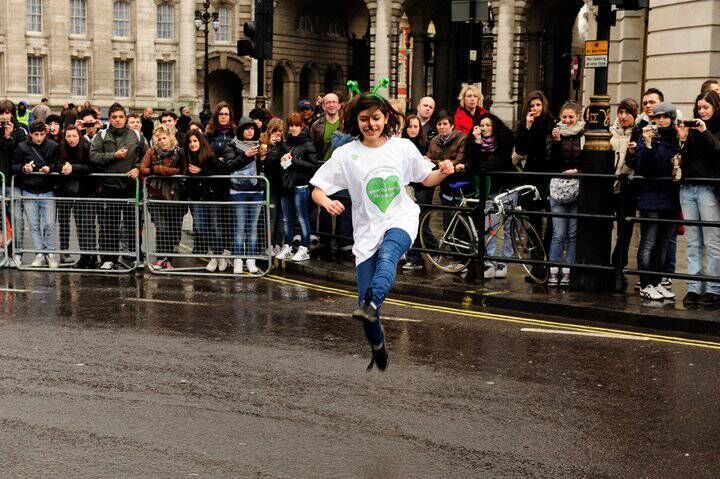
Today, the Mayor of London’s St Patrick’s festival is one of the biggest celebrations in the world and I was humbled to be named Grand Marshal of the 2023 parade.
And so, all these years later that young woman from Cork, who left with big dreams and learned in her travels that Ireland and its culture is not confined to the boundaries of its beautiful landscape - that it is a truly unique global spirit that opens doors around the world - received the Freedom of the City of London for her contribution to the Irish community in London, as a proud Corkonian, a proud Irish woman and proud to be part of London’s most vibrant community.
Oh, and Boris apologised! Wink!




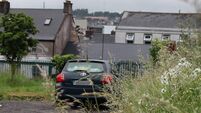


 App?
App?





